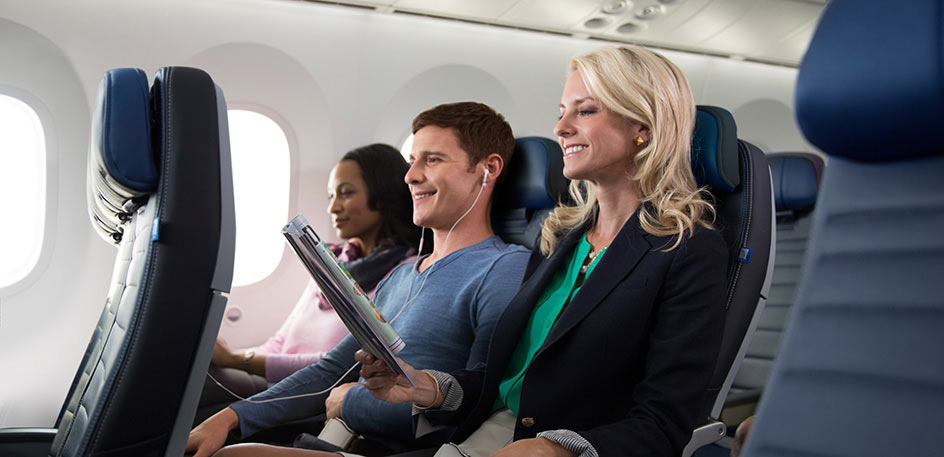United announced today that they will be offering free DirecTV service on all 211 Boeing 737s that have the television service.
Just in time for the Big Game, United Airlines today announced that effective immediately more than 100 channels of live television will now be free on 211 Boeing 737 United aircraft equipped with seat back TV, making viewing easy gate-to-gate. In addition to offering free live DIRECTV at more than 30,000 seats, United customers also have access to hundreds of movies and TV shows available on personal devices through the airline’s collection on the United app – offering customers thousands of hours of programming in total.
While it’s a great news release (American Airlines is doing something similar for the “big game”) it glosses over the fact that United is actively removing the DirecTV equipment from the 737s that are going in for new seats or heavy maintenance. I have not heard details but I do believe the plan is to go to an all personal device streaming setup eventually. This is really an interim step on the way to that goal.

What United really should be focused on is getting Wi-Fi working consistently on their domestic fleet. I have been on a number of flights the last few months where the Wi-Fi has either not worked or been so slow that it was not worth using. I rarely watch any of the live television programming while flying, opting instead to turn it to the inflight map channel. I use my time on planes to read or catch up on work and for the latter, I need working internet. The internet service domestically on United has been abysmal. The international planes, in my experience, have fewer Wi-Fi problems, though I have had a few long flights where the internet was not working from the beginning.
It is one reason I have steered clear of United’s year long Wi-Fi subscription. I am not going to invest cash in something that does not reliably work and that cannot be easily refunded on a per flight basis. A subscription service is great in theory for people who are frequent travelers and United’s pricing for it isn’t awful. But my guess is that the people who have purchased it have not been happy. While Delta and Alaska Wi-Fi on GoGo may not be the fastest, for the most part it works all of the time. That’s the reliability I and others want with United’s inflight internet.
United needs to focus their attention on some of the basic things that makes their product worth flying rather than trying to match Delta in hopes to lure a few more customers with shiny things. I want on-time performance, good schedules, working Wi-Fi, and friendly customer service. Everything else is icing on the cake.
